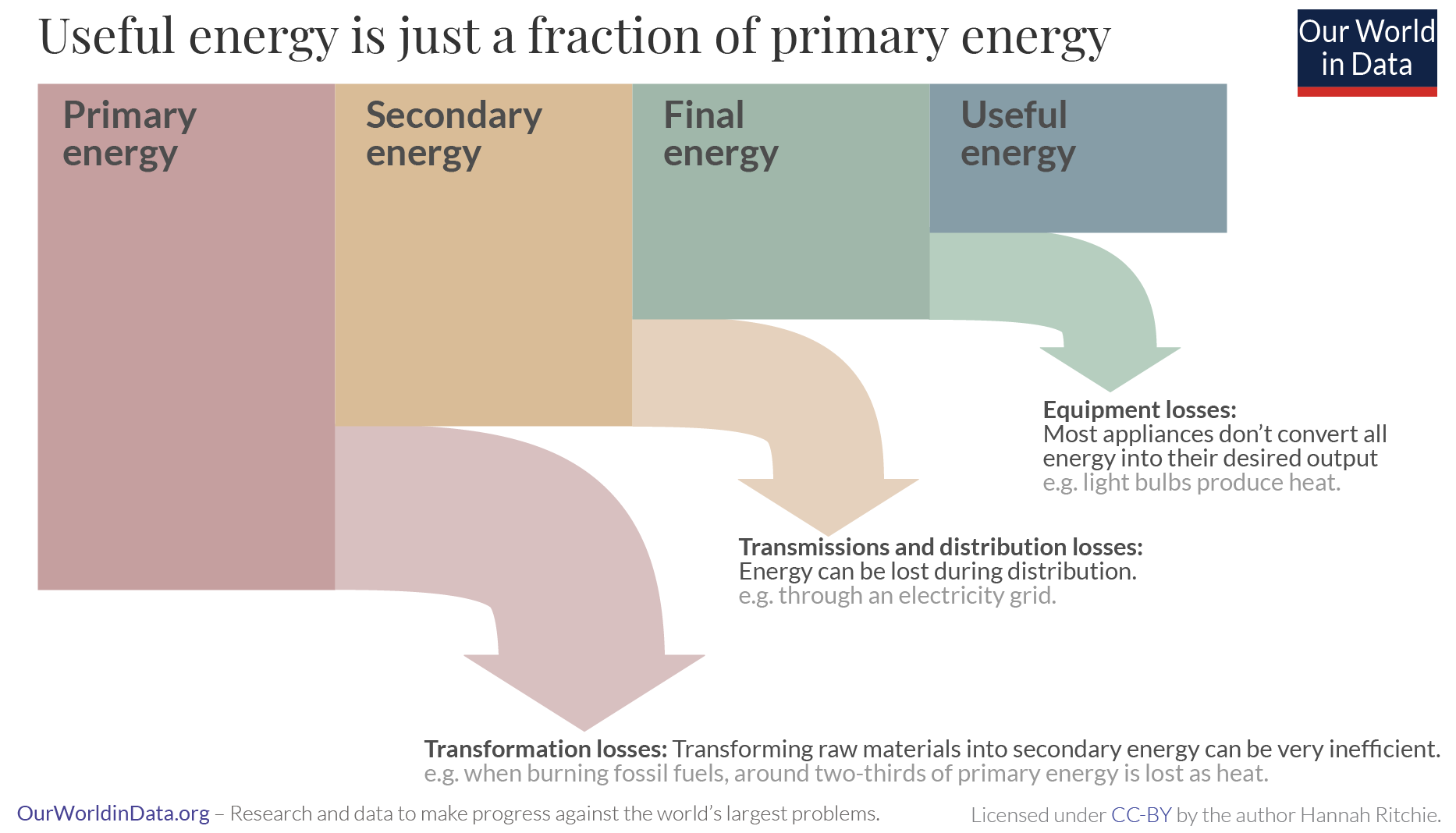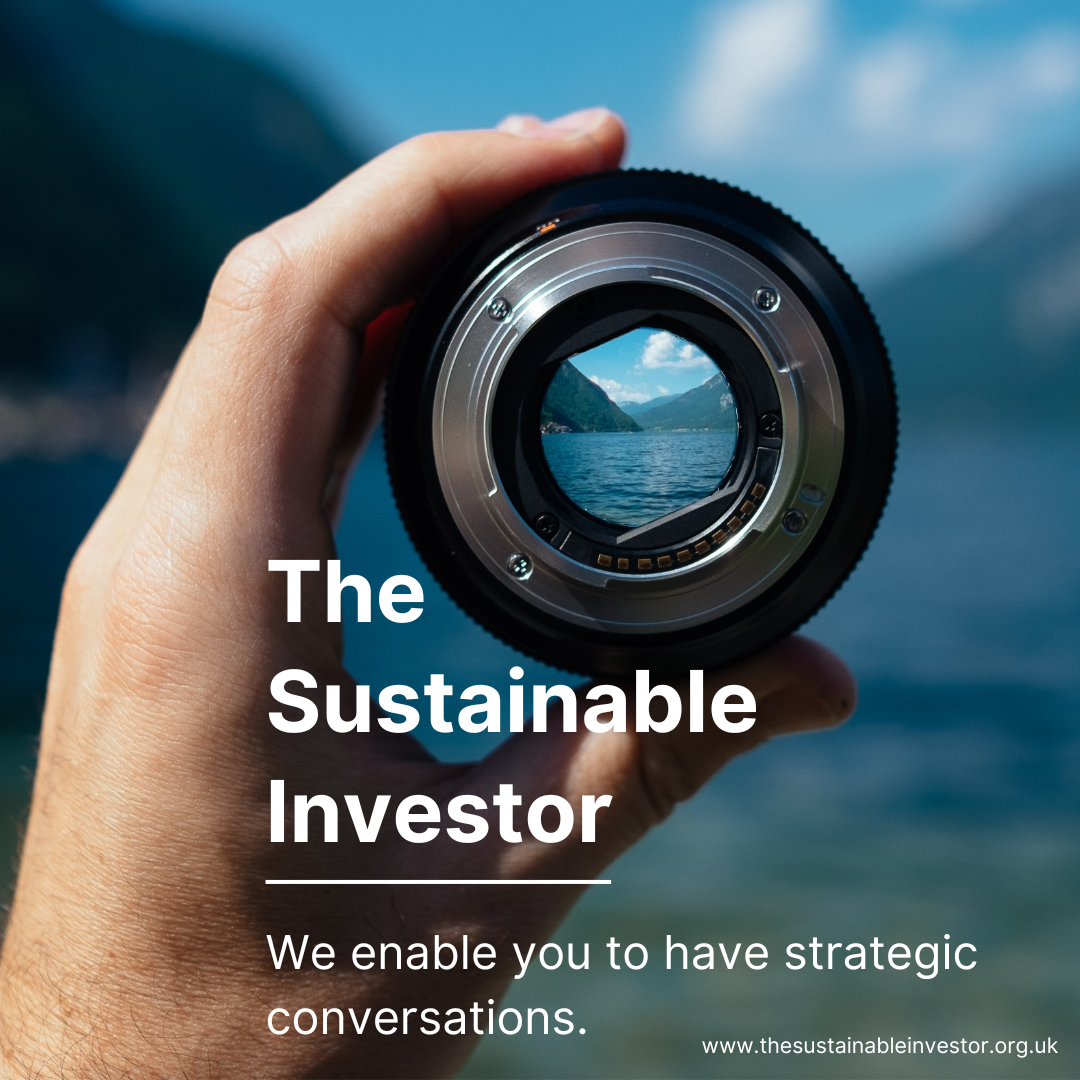
Sunday Brunch: horses for courses
The solution (the horse) should match the problem or desired output (the course).
The phrase 'horses for courses' is a British expression that originates from horse racing where it is assumed that some horses race better on certain courses than on others. For example, a horse that runs well on a dry course will run less well on a damp course.
The solution (the horse) should match the problem or desired output (the course).
For sustainability professionals this is an important concept. Understanding and awareness of it can differentiate them in strategy conversations.
A solution that works in one geographic region may be wholly inappropriate in another.
And whilst one solution may technically speaking work, it may not be even close to being the most effective or efficient. Michael Liebriech describes hydrogen, for example, as mistakenly being thought of as the 'Swiss army knife' of energy. The Swiss army knife is a multi-purpose tool that can be used for a number of applications. It has scissors that can be used for cutting, but should they be used for cutting cardboard?

Why is it that there is this drive to highlight single solutions for everything?
What are the drivers for some of the framing of 'sustainability solutions' that we see today?
If you want to read the rest and are not already a member...

A pilot project in Kenya providing onsite green fertiliser is an interesting example. In this case the customer, Kenya Nut Co needs fertiliser. Fertiliser needs ammonia. Ammonia needs hydrogen. The supplier, Talus Renewables makes green hydrogen to make green ammonia for the fertiliser.
The starting point is the need, not the input. A concern with discussions about a 'hydrogen economy' (or an 'electric economy') is the starting point is this-thing-I-am-producing-and-I-need-to-find-a-use-for-it. That can lead to inefficiencies.
It can also result in powerful lobbying by vested interests. As Professor Maslow (1966, “The Psychology of Science: A Reconnaissance”) put it “If the only tool you have is a hammer, it is tempting to treat everything as if it were a nail.”
Let's look at the example of the home, discussing what a resident needs and how the model of how they get what they need could change in the future, but let's start with a quick physics lesson.
Quick physics lesson - conversion losses
Unfortunately the real world is not perfect. There is energy stored in fuels and raw materials but as soon as we transform those into something else there are losses.
I’ll restate the law of conservation of energy as follows:
Generation = Consumption (where Consumption = Usage + Wastage)
The chart below from the excellent Hannah Ritchie and others at Our World in Data illustrates this well.

So if we can reduce the steps between the desired output and the energy input then I can waste less, be more efficient, have fewer emissions and potentially be more cost effective.
That starts with understanding what the desired output actually is. Let's look at the example of the home.
What do I want in my home?
A home resident does not want electricity, they don't want fossil gas, they don't want oil. They want to feel comfortable in their homes, they want to watch television, they want to cook things (or reheat takeaway curries) and they want to get clean in a comfortable way (a hot shower, for example). The electricity, the fossil gas and the oil are merely the energy sources used to power the appliances that enable a resident to do the above.
Let's take, 'feeling comfortable in my home'. I want heat. I don't need to know about how that heat comes to me. I just want it. Rethinking about that output as a starting point may change the business model.
Subscription models for home energy systems or smart home appliances, may emerge, allowing consumers to access the latest technologies without the need for upfront purchases. For example, I live in a home which is serviced by a district heat network, operated by Loka Energy. I do not have a boiler or hot water tank in my home. I pay for my heat as a service.

District heating systems use a variety of energy sources but most are moving to be fossil-fuel free. However, efficiencies are gained through economies of scale, removing the need for boilers in individual properties. 5th generation district heating and cooling systems distribute heat at near ground temperature with each building having their own heat pumps to extract heat when cold and reject heat when it needs cooling.
The European Union has more than 6,000 district heating networks meeting close to 11% of its heating needs.
Stockholm has an extensive district heating infrastructure with almost 90% of the city’s buildings connected. The network also recovers excess heat from data centres, supermarkets and other businesses who can sell it on an open marketplace. The Stockholm system also uses large scale heat pumps to extract heating and cooling from purified wastewater. This video gives a great overview.
District heating systems often sit alongside combined heat and power systems (CHPDH) reducing both energy costs and providing great environmental performance.
Installing a district heating system or even a smaller scale community heating system is clearly easier with new build estate construction and can be planned in. Retrofitting however is clearly challenging as existing infrastructure such as roads and other utilities would be disrupted extensively.
Bottom line, is that the resident (like me) is getting heat (or cooling) as a service. Because what I actually want is to have my home environment and take a shower at a comfortable temperature. Heat as a service.
Conclusion
“If the only tool you have is a hammer, it is tempting to treat everything as if it were a nail.” The problem is that the starting point is the input - I have a lot of this thing and I am going to use it for everything.
But we need to focus more on the desired outputs. Sometimes that starts with framing the question appropriately. This is something we discussed in this blog:

Finally, Storage is an interesting area in this regard too. What is the desired output? If it is electrical power, then electrical storage makes sense, but if we ultimately want heat or pressure then can we store that heat? Industrial processes require heat and pressure and whilst historically this has been produced when it was needed by burning fuel, a number of companies are emerging that can produce the heat using renewables and store the heat efficiently for later use.
This is something we shall explore in a future deep dive.
Something a little more bespoke?
Get in touch if there is a particular topic you would like us to write on. Just for you.
Contact us
Please read: important legal stuff.


